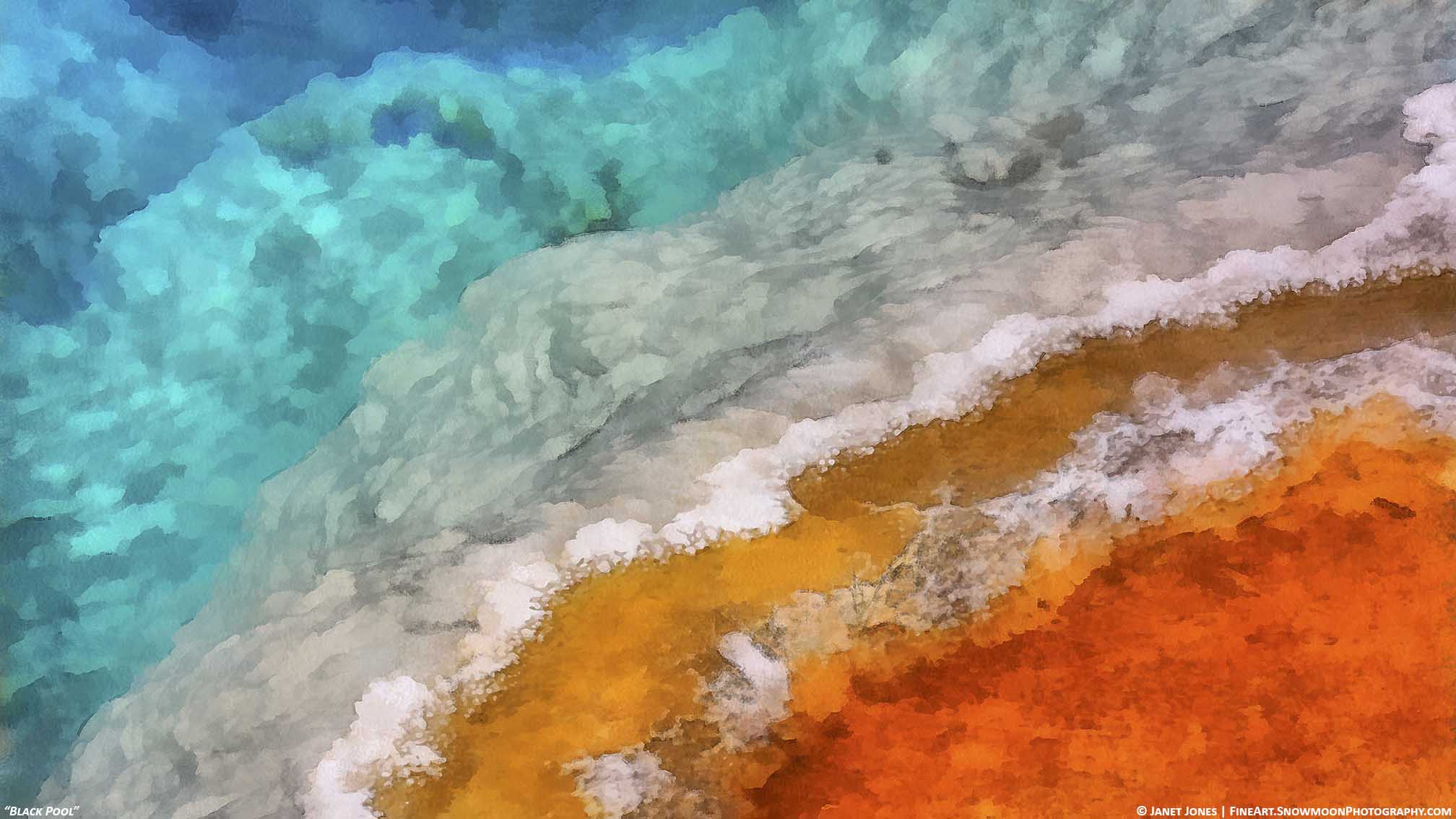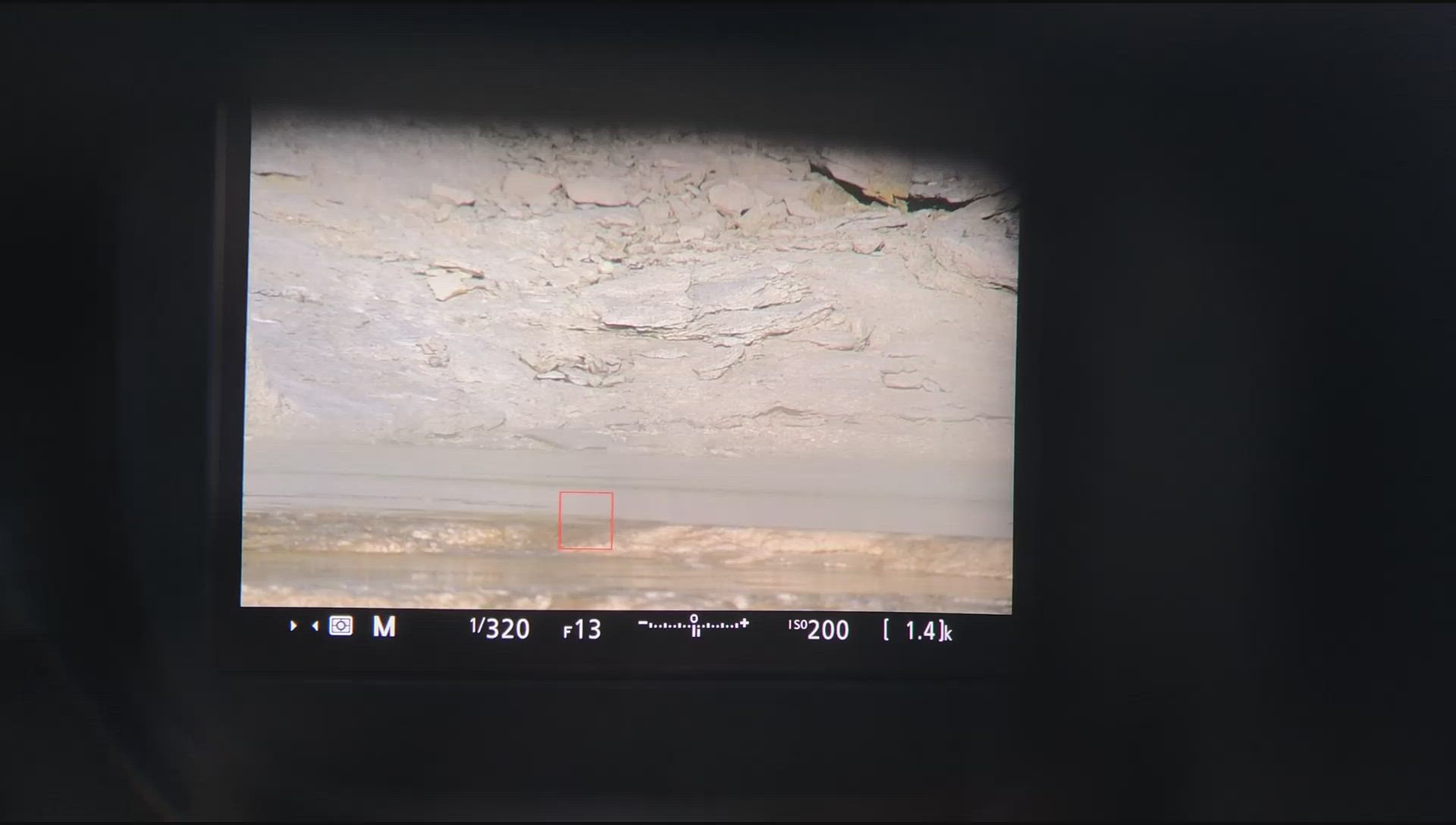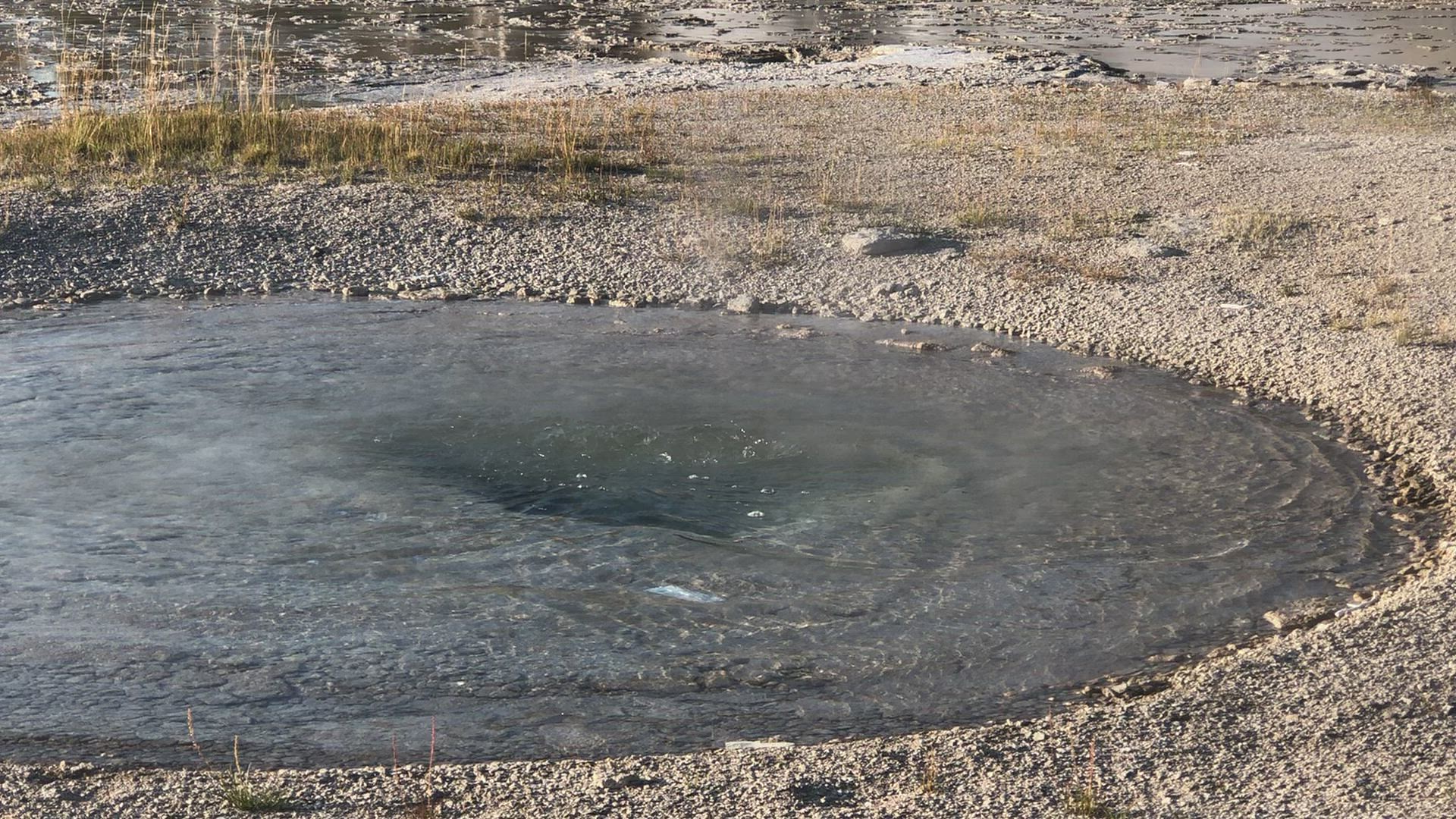Photography Play at an unusual Grand eruption
This last weekend I headed into the park for a couple of days. I often don’t spend the night, but this time, I just wanted time to catch up on the thermal features. While that was wonderful, I now have a heap of notes to type up and photos to process (which is also wonderful in a different way). One of my goals while here was to work at capturing another start of Grand. But that went slightly off course (with interesting results), and I experienced a rather odd Grand eruption. This post covers what I saw and what I captured as a field journal entry.
SNOWMOON PHOTOGRAPHY | Fine Art
A bit about Grand Geyser
I’ve written a more in-depth article on Grand Geyser, but the basics are that currently it erupts about every 6 hours – give or take a half-hour. The eruptions usually last about 11 minutes and can have one 11-minute long eruption. It can also pause at about 8 minutes for a second burst and pause again for a third burst. The general rule is: don’t leave while there’s still water visible.
That said, geysers will be geysers, and anything is possible. Their regularity brings us back, but changes intrigue us and invite us to ponder connections. We are human and naturally look for patterns and relationships between events.
4 Sept 2020 eruption of Grand Geyser at 1823
It was a blisteringly hot day, and I had been throughout most of the Upper Geyser Basin. By late afternoon, my feet were sore and tired from all the walking. I was ready to plant myself on a bench to wait for Grand. Bringing out my tripod and long lens, I planned to attempt another capture of Grand’s blue bubble start. This is my current absolute favorite photo (turned Digital Photo Watercolor – with some of the image painted back). My goal is to end up with a vertical triptych of bursts – either from the same eruption or just three good ones. I have caught one that looks like a swirling cupcake, but the steam in the photo wasn’t what I hoped for. Knowing that small detail, I need to get in on hot, dry days to capture the fine art shots that are in my mind.
I arrived at Grand, found a spot near some friends, and set up my tripod and camera. As we approached the time when Turban Geyser should erupt, and the pool looked full. I focused on the “boops” – small breaks in the surface of the water.
Turban didn’t erupt at its expected time. That’s the beginning of a delay in Grand. In geyser gazer speak, this is a D0 – D (delay) Zero (the delayed Turban eruption) – subsequent Turban eruptions are D1 = First regular Turban eruption after the delay. Typically Turban erupts about every 20 minutes before an eruption of Grand, providing an opportunity for Grand to erupt. I kept looking for good boops in the water for nearly ten more minutes and even took a short video by holding my phone up to the view finder.
Finally, Turban erupted at 1822. But because of the delay and a drop in the water level, I had zero hope for a Grand eruption (can you see where this is going?).
Suzanne talked about a film crew that had a similar situation. They relaxed and then were unprepared for Grand’s surprising comeback. Yeah – I should have paid attention that direct hint from Above. Instead, I shifted my focus to Turban and began to play with settings – wondering how slower shutter speeds would look with the bursts.
Then I heard Suzanne say, “Look at Grand!” – Sigh. I decided to go with it. There wasn’t time to reset the camera to faster shutter speeds. I’ve wondered what it would look like at the start of Grand with slow shutter speeds anyway. I guess now I know.
It would have made the triptych I’ve looked for – had it been faster shutter speeds. But this is kind of cool in its own way. I’ve played around a bit with the digital photo watercolors on these images, and they don’t work. They need to be straight photos. So – I’ll have to look for another warm fall day to try again.
Grand’s eruption wasn’t all that tall, and more surprisingly, ended at the 8-minute mark (8m 24s), and didn’t give us a second burst. It did put out a tremendous amount of water during that delay before the eruption, so it likely used up the energy for a second burst.
West Triplet Geyser
I also learned that West Triplet Geyser had not erupted since August 26 (9 days). Instead, it had been boiling, flaming, and thumping. The thumping comes from bubbles (small pockets of water that flash to steam) that collapse from the water’s weight. Flames are those visible bubbles before they collapse – often seen at the bottom of vents with their collapse felt at the surface as thumps.
After watching this for a bit at West Triplet, we saw visible convection thanks to a brochure the wind likely ripped from someone’s hand earlier in the day. As we watched, more bubbles rose to break the surface and eventually became a proper eruption.
Curiosity Triggered
All of this begs the question: Did this odd eruption of Grand pull West Triplet out of this short dormancy? Perhaps. Or, maybe not. Either way, whenever there’s a different type of behavior, I like to document it so I can dig it out to remember better what happened if we see similar behavior in the future.
SnowMoon Photography
One Day Left to enter the giveaway to celebrate my new fine art website!

Be Outside • Take Notes
AFFILIATE LINKS
This site contains affiliate links. If you click on a link and make a purchase, I receive a small portion of that sale at no extra cost to you. Your purchases help to keep this site in development.






